MARKET OVERVIEW
This niche and significant sector is the global Salatrim market-a niche in the broader fat-replacement and low-calorie food ingredients industry dedicated to healthier alternatives to traditional fats. Salatrim, a short- and long-chain triglyceride, has attracted attention because it can be marketed in reduced-calorie options without loss of taste or texture, aspects of growing consumer demand for healthier food products. In a way, the market is basically driven by the building sense of health and wellness awareness, mainly because consumers are becoming increasingly in tune with what they eat and wanting healthier options that support weight management without losing out on sensory appeal for food.
Further growth in this market is anticipated as the manufacturers work to upgrade the production of Salatrim to be increasingly flexible in use with baked products, snacks, and confectionery. These developments will lay the foundation for the widespread adoption of this product, given that the food industry must find new ingredients that satisfy regulatory and consumer demands. Even though the Global Salatrim market is specialized in nature, it may extend its portfolio based on growing demand for functional and low-calorie ingredients in those regions. Thus, the path of this market will be determined by regulatory environments, consumer acceptance, and production cost.
Salatrim is another compound offering fewer calories per gram as compared to the traditional fats. It gives it this unique characteristic that makes it uniquely different from the general market of fat substitutes; it provides an edge to be competitive in the industry because, despite advances, calorie reduction is still a primary consideration. Ongoing research, which will look to fine-tune its performance, particularly on desirable characteristics about food products-food appearance, taste, mouthfeel, and texture-will help benefit the Global Salatrim market. As consumers continue to demand indulgent foods that are also healthy, Salatrim will prove an extremely valuable ingredient for food manufacturers because it reproduces properties of traditional fats but at a lower calorie content.
The next step will see increased collaboration between food scientists, ingredient suppliers and food manufacturers in terms of developing more foods for the market. This will be very important to overcome any taste profile, stability, and cost effectiveness issues, all of which may hinder large-scale adoption of Salatrim in numerous food categories. Shifting consumer behavior, such as the preference for clean-label products, will also challenge this market globally, especially since rising demand for cleaner or otherwise minimally processed fat alternatives may force manufacturers to look at more natural or less processed fat alternatives even within the reduced-calorie space. The Global Salatrim market would develop as the direction of food industry change took shape, fueled both by technology and consumer preferences.
It would grow more because of the broader functional trends of the food industry than due to just the functional benefits of Salatrim itself-low-calorie, functional ingredients that fit the lifestyles of health-conscious consumers. This market will be a key player in offering healthier, calorie-conscious options for the food manufacturers and consumers alike as this industry grows further to support further transformation in the global food landscape.
Global Salatrim market is estimated to reach $738.0 Million by 2031; growing at a CAGR of 5.8% from 2024 to 2031.

GROWTH FACTORS
The Global Salatrim market has the prospects for strong growth over the next few years due to the amalgamation of several factors. Having lesser calories, and being a fat substitute, interest in Salatrim gained due to consumer and industrial needs for healthier and low-calorie food options. Overall health and wellness awareness, specifically weight management, and diet-related issues propel one of the most significant growth factors. The growing incidence of lifestyle diseases, such as obesity, may lead to the increased requirement for lower-calorie substitutes like Salatrim in food products, which will further drive the market.
Increasing demand for ‘clean-label’ products that assure the naturalness of the ingredients is further driving the adoption of fat substitutes like Salatrim. Healthy alternatives which do not falter regarding taste and texture, putting immense pressure on food manufacturers to include healthier fats in their lines which is Salatrim commercially for the processing of reduced-calorie food. As more companies look forward to innovation in this area, the market of Salatrim will also follow that trajectory.
Still, there are factors that can impede the market growth of Salatrim. The immense regulatory hurdles and high production cost will also act as a barrier for the manufacturers. For instance, very strict food additive regulations in most regions will constrain the wide use of Salatrim in those areas where the food safety law is quite tight. The relatively greater cost that Salatrim production incurs will also deter some manufacturers from embracing it due to the primacy of cost concerns in their operations.
Despite the potentials, the Global Salatrim market holds several attractive opportunities. Enhancement in food production technology is going to enable the manufacturers to bring down the cost of manufacturing Salatrim that will make it available to more companies at lower prices. Additionally, with ongoing consumer preference towards healthier lifestyle, demand for innovative novel food products will be higher. Increasing calorie reduction awareness, which in recent times, mainly about processed foods, offers great scope for Salatrim to come into most food categories.
However, some challenges will negatively influence the market size, but the Global Salatrim Market appears promising in future growth. Technological advancements accompanied by the factor of health food choice, the market promises a vast opportunity to grow in the coming years.
MARKET SEGMENTATION
By Type
Global Salatrim markets will very likely exhibit a remarkable growth trend as awareness about healthier foods continues to grow. Low-calorie fat substitute Salatrim has gained considerable interest as it can help manage weight without the loss of taste and texture that consumers are accustomed to in classic fats. This factor is an opener to the possibility of Salatrim in various food items, including baked goods, snacks, and confectioneries. With respect to this, the awareness regarding health would increase the demand for low-calorie and healthier alternatives, which would further fuel the Salatrim market in the coming years.
The global market for Salatrim can be categorized based on type as organic Salatrim and conventional Salatrim. Organic Salatrim is derived from the natural source without any addition of synthetic additives or chemicals, which will delight the consumers asking for more and more natural foodstuffs. An increased trend toward organic food consumption, spurred on by environmental concerns over conventional farming and the call for cleaner labeling, would enhance demand for organic Salatrim. Organic products will dominate the future of the Salatrim market because of changing consumer awareness of the desirability of transparency and sustainability in their food choices.
Conventional Salatrim is still widely used in the market. It will represent a competitive choice for those manufacturers, who are looking to have lower-calorie products without organic prices. As demand for lower-calorie foods keeps rising, conventional Salatrim would likely continue to be an attractive alternative for the majority of the producers, who are cutting calorie counts of their products and seem to reach cost-sensitive customers.
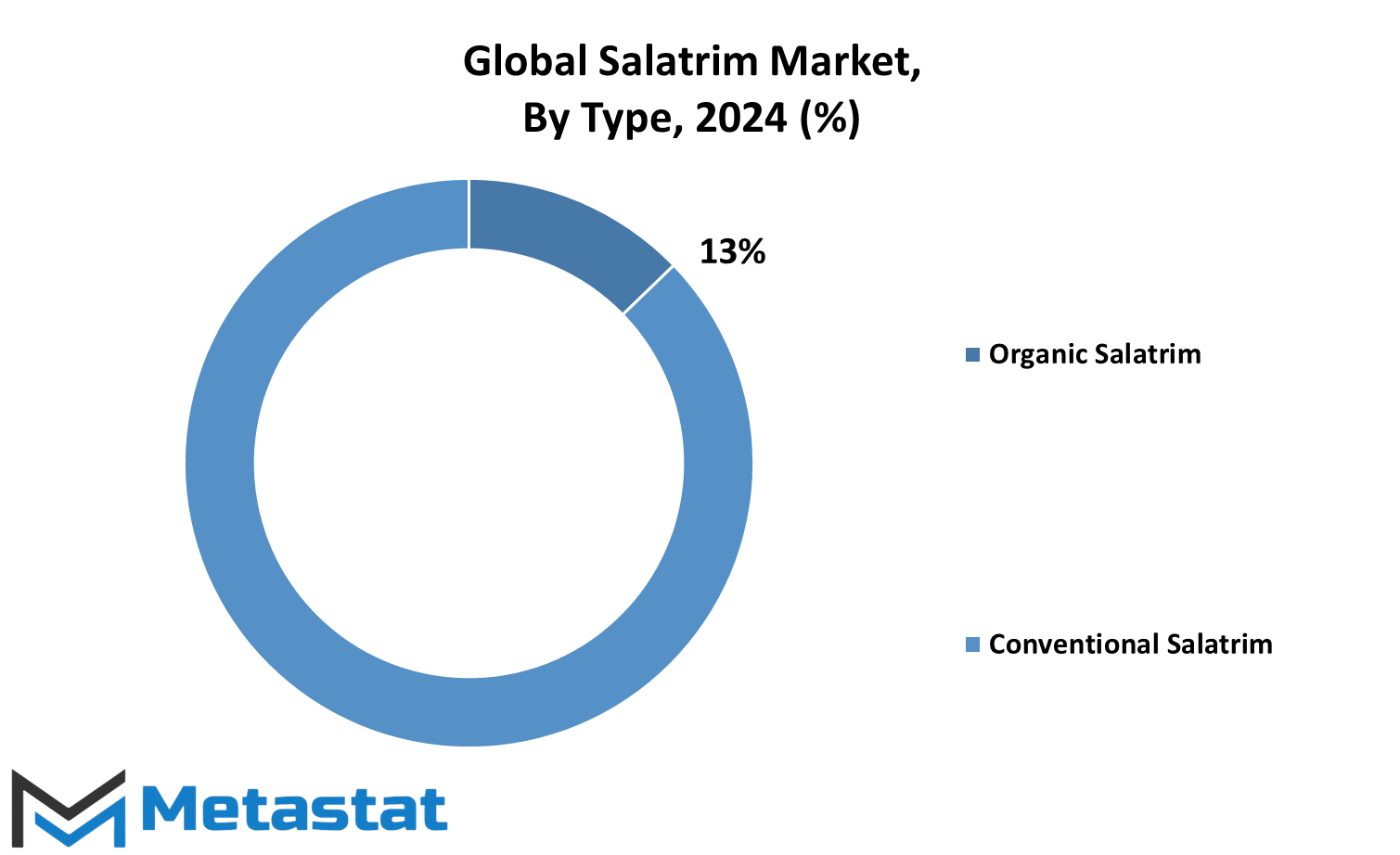
By Form
The global salatrim market is expected to see a huge expansion in the coming years, mainly on account of its demand as a low-calorie food product. This demand can primarily be attributed to the growing demand of health-conscious consumers and food manufacturers for a fat substitute that can provide a creamy texture without adding extra calories. Because of this, the acceptance of salatrim in various food applications will be wider, raising its market share even more.
Powdered salatrim can be classified into the two major types. It is very commonly applied in food formulations, due to its accessibility. It can easily be incorporated into baked goods, snacks, and dairy products, thereby providing a low-calorie substitute without impeding the flavor or texture. According to the growing demand for healthier foodstuffs by the end consumer, powdered salatrim is likely to hold a key position in many products aimed at consumers with health-related demands in the near future.
But liquid salatrim does bring certain unique advantages, especially in dressings and sauces. It is liquid, and thus it blends well and emulsifies well and offers wide avenues for the production of low-fat condiments. As consumers become more health-conscious, probably the greater the demand for liquid salatrim will be, especially from manufacturers that have branded themselves as better-for-you versions of available sauces and dressings.
Ongoing research and development to improve the properties of salatrim shall also benefit the global market. Further development in the processing technique will be instrumental in improving the characteristic texture and flavors, making it increasingly appealing for food manufacturers to use more salatrim. New products will also continue to find their way into the market, thus giving the public a broader range of low-calorie products based on salatrim, which will further contribute to its increasing acceptance.
By End-Users
The Global Salatrim market is gaining focus because of the uniqueness of the property and its use in different industries. Salatrim, as a fat replacer, gives a creamy texture to food products and significantly reduces calories. More and more consumers are now looking for healthier options without sacrificing taste or texture. The market for low-calorie and fat-reduced food products will grow with a growing awareness of health and wellness.
End-users will be the largest contributors to the Global Salatrim market. Food & Beverage Industry is one of the biggest industries that fuel this market. As more health-aware consumers appear, food manufacturers never want to stop tweaking the nutritional profile of their products. Salatrim can therefore be a good answer in such areas where manufacturers can prepare the products that meet people’s need for calorie reduction and yet be able to provide the taste as people desire to have them. Therefore, there will be innovative food items because of this trend as the demand for healthy and tasty food products goes on.
Apart from the Food & Beverage Industry, Nutraceutical Industry is another critical industry for Global Salatrim market. A nutraceutical is any product resulting from extracting nutritional and pharmaceutical benefits from food. This industry uses Salatrim in the form of manufacture substitutions for fats which would be less in calories but would still be nutrient-dense. As the trend for nutraceuticals increases and more people look to nutraceuticals to help in health preventive measures, Salatrim-based products will very likely increase in demand.
In addition to this, the Global Salatrim market will also be beneficial to the Pharmaceutical Industry. The drugs may incorporate Salatrim in their formulation, thus allowing for better delivery and absorption of the pharmacologically active ingredients. Pharmaceutical companies can supply medicine that is more effective in greater compliance with patients’ needs because of its better taste and texture due to Salatrim incorporated into them. This potential will encourage more and more research and development efforts in unraveling more new applications of Salatrim in pharmaceuticals. This will prove beneficial for consumers to lead a healthier life.
To the future, the Global Salatrim market will grow above these key industries. As more people become health conscious, innovative ingredients such as Salatrim will continue to increase in importance. Companies using this type of fat replacer effectively would likely be in a better position than their competitors contributing to the overall expansion of the market. Most the developments in the Global Salatrim market would fall in line with consumer preferences for healthier options in the Food & Beverage, Nutraceutical, and Pharmaceutical Industries.
By Food & Beverage Application
The global Salatrim market is expected to show large growth due to its extensive applications in the food and beverage industry. As people become increasingly health-conscious, demand has emerged for products that entrench healthy lifestyles. Salatrim is the low-calorie fat replacer that has remained a very attractive option for manufacturers to cope with this demand. This market includes cross-cutting product lines in low-calorie bakery goods, low-fat milk products, confectionery, snack foods, nutritional and diet foods, and frozen desserts. Product Innovation: Low-calorie varieties are emerging within the bakery category, with a focus on changes that deliver reduced fat without sacrificing taste. Manufacturers will look to innovate by using Salatrim in a wide variety of baked food products so they can offer customers a range of products they can indulge in without excessive calorie intake. Salatrim is easily integrated as a substitute for fats in all types of bakery products from breads to pastries.
Low-fat dairy is also seeing the shift to healthier offerings. Because salatrim has similar mouth feel and texture to traditional fats, it’s very suitable for use in low-fat yogurts and cheeses. In this market segment, product development could be increased because there will certainly be an interest in healthy dairy items that consumers can relate to achieving dietary goals and are of the same quality as traditionally more calorie-dense dairy products.
Another significant application for Salatrim concerns confectionery products. The greater the interest in diet and sugar and fat content, the greater will be the demand for candy products that are healthier in nature. Salatrim may be adopted by the food industry to create chocolates and other confectionery sweets that have a richer filling taste but fewer calories than their traditional counterparts. Undeniably, this will lead to new offerings tailored to the great desire for sweetness of healthy consumers.
In the global Salatrim market, snacks and snack foods are changing equally. With the need for convenient, yet healthy snacks, making products that use Salatrim presents an increasing opportunity to give consumers healthier alternatives to traditional chips and other fried items. Perhaps it will create greater opportunity for changing flavors and textures of products and sustaining consumer interest levels.
Nutrition and diet food will also have the benefit from Salatrim properties. Due to the increasing number of people following specific diets, lines with this fat substitute will attract attention due to their adaptability into low-calorie as well as low-fat programs. Lastly, frozen desserts will innovate as well, because the new added advantage is that Salatrim will be capable of making icings that are creamy, scrumptious, and low in calories.
The salatrim market is expected to grow as manufacturers continue focusing on healthier food alternatives within all categories. New product developments driven by the need for healthier food choices will continue to allow the market to be dynamic and responsive to changes in consumer attitudes.
|
Report Coverage |
Details |
|
Forecast Period |
2024-2031 |
|
Market Size in 2024 |
$496.5 million |
|
Market Size by 2031 |
$738.0 Million |
|
Growth Rate from 2024 to 2031 |
5.8% |
|
Base Year |
2022 |
|
Regions Covered |
North America, Europe, Asia-Pacific Green, South America, Middle East & Africa |
REGIONAL ANALYSIS
Geographical distribution plays an important role in determining the global Salatrim market, avowing differences in dynamics as well as growth potential in different regions. North America is one such dominant player in this respect. Of this, the United States, Canada, and Mexico are significant contributors due to advanced food processing industries and an increasing awareness among the consuming public regarding the notion of healthy eating. As consumer awareness over health matters continues to grow, the demand for low-calorie and low-fat products will go up, which automatically increases the prospects of utilization of Salatrim. This shift in consumer preference will serve as a catalyst for enhanced use of Salatrim-based products, thus enhancing market penetration.
The scenario in Europe is even tougher with different diets and strict regulation over food ingredients. Countries like the UK, Germany, France, and Italy will continue to take Salatrim as a functional ingredient, especially in healthier snack and bakery product applications. The European market will be stable with growth primarily coming from heightened health consciousness on the part of the consumers and reformulation of traditional recipes to better meet healthier criteria. This innovation will ensure that Salatrim remains in demand, responding to a more health-conscious customer base.
This is a great opportunity in the Asia-Pacific market for Salatrim. With fast-growing economies, especially countries such as China, India, Japan, and South Korea, there is an immense requirement for innovative foodstuffs. Salatrim is available in low calorie levels, and this is going to position Salatrim for high success rates in the market. The food industry in this region is expanding further, and manufacturers will surely include Salatrim in products to meet the consumer needs with escalating health concerns. This trend will bring the rise and acceptance of Salatrim in a region that simultaneously respects its culture but has a modern lifestyle.
Salatrim will be driven mainly by countries in South America, such as Brazil and Argentina. This market will be influenced by growth in their middle class and changes in dietary habits. When these nations become more liberal towards healthier food items, Salatrim should be one of the prime candidates for food reformulation. The low-fat demand call will continue to be strong, and Salatrim will be important in answering that call.
On the other hand, the Middle East and Africa is one single very vast and diversified market. The trend in the Gulf Cooperation Council countries, Egypt, and South Africa towards healthier nutrition will favor the adoption of Salatrim in food products. Rising levels of urbanization and changing lifestyles in the region will increase demand for the global Salatrim market as an opportunity for manufacturers to introduce new products in line with consumers' health aspirations. Altogether, with new challenges and opportunities in each region, the global Salatrim market is forecasted to grow enormously in the near future.
COMPETITIVE PLAYERS
The Global Salatrim market is an emerging and expanding sector with players competing with each other to be innovative and increase their share. Salatrim is a reduced-calorie fat substitute widely used in food products. Recently, Salatrim has gained attention primarily due to the increasing demand from the consumer segment for healthier food alternatives and the demand for functional ingredients that could improve nutritional profiling without compromising the taste.
Development and promotion among key players In this landscape, some of the leaders are International Flavors & Fragrances Inc. (Danisco A/S), Mondelēz International (Nabisco), and Cargill, Incorporated, which lead in developing and promoting Salatrim. These companies base their existence on developed research and development capabilities to provide new solutions in harmony with emerging consumer preferences. For instance, Danisco A/S develops tailor-made fat substitutes that are calorie-reduced yet have equivalent texture and flavor as their regular counterparts. These innovations are crucial in attracting health-conscious consumers who aim to enjoy products that meet their dietary objectives.
Other important players of the Global Salatrim market include Archer Daniels Midland Company and Kerry Group. The agricultural processing skills of Archer Daniels Midland are credited with the quality raw materials it ensures in securing Salatrim products that the customers can rely upon and count on for efficiency. With its initiatives towards sustainability and clean labels, Kerry Group is one of those brands that resonate with the needs of today's consumers who want to know how food came from and how it was made. Therefore, by their natural ingredients, they find themselves in a competitive niche of the Salatrim market.
The competitive landscape comprises Ingredion Incorporated, Associated British Foods plc (ABF), Tate & Lyle PLC, CP Kelco U.S., Inc., and BENEO GmbH, each with different strengths. Ingredion, for instance, specializes in developing solutions that could be based on plant. Tate & Lyle has always been known for a lot of innovation in ingredient technologies that address health and wellness trends. All these forms of competition in this market make innovation thrive.
The market for Global Salatrim will continue to move further in the future since the requirements are more toward a healthy lifestyle and functional food products. In doing so, more players will enter the market and enhance competition, so many changes are going to be evident in Salatrim technology and application. There will be increased demand for clean labeling, sustainability, and taste in the market, hence, companies will need to stay relevant. In a nutshell, the Global Salatrim market is poised for unbelievable growth, and the major players at the helm will take it to absolutely different heights.
Salatrim Market Key Segments:
By Type
- Organic Salatrim
- Conventional Salatrim
By Form
- Powdered Salatrim
- Liquid Salatrim
By End-Users
- Food & Beverage Industry
- Nutraceutical Industry
- Pharmaceutical Industry
By Food & Beverage Application
- Low-Calorie Bakery Products
- Low-Fat Dairy Products
- Confectionery Items
- Snack Foods
- Nutritional and Diet Foods
- Frozen Desserts
Key Global Salatrim Industry Players
- International Flavors & Fragrances Inc. (Danisco A/S)
- Mondelēz International (Nabisco)
- Cargill, Incorporated
- Archer Daniels Midland Company
- Kerry Group
- Ingredion Incorporated
- Associated British Foods plc (ABF)
- Tate & Lyle PLC
- CP Kelco U.S., Inc.
- BENEO GmbH
WHAT REPORT PROVIDES
- Full in-depth analysis of the parent Industry
- Important changes in market and its dynamics
- Segmentation details of the market
- Former, on-going, and projected market analysis in terms of volume and value
- Assessment of niche industry developments
- Market share analysis
- Key strategies of major players
- Emerging segments and regional growth potential



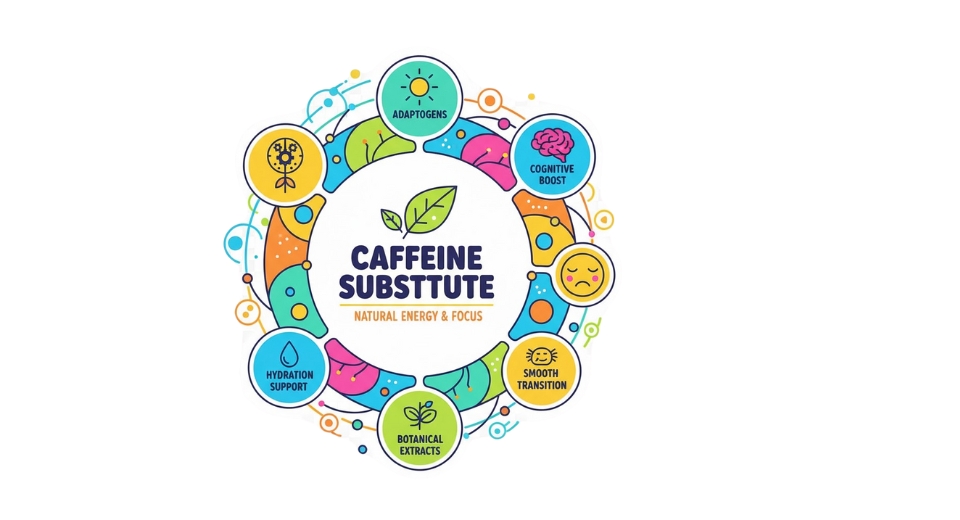
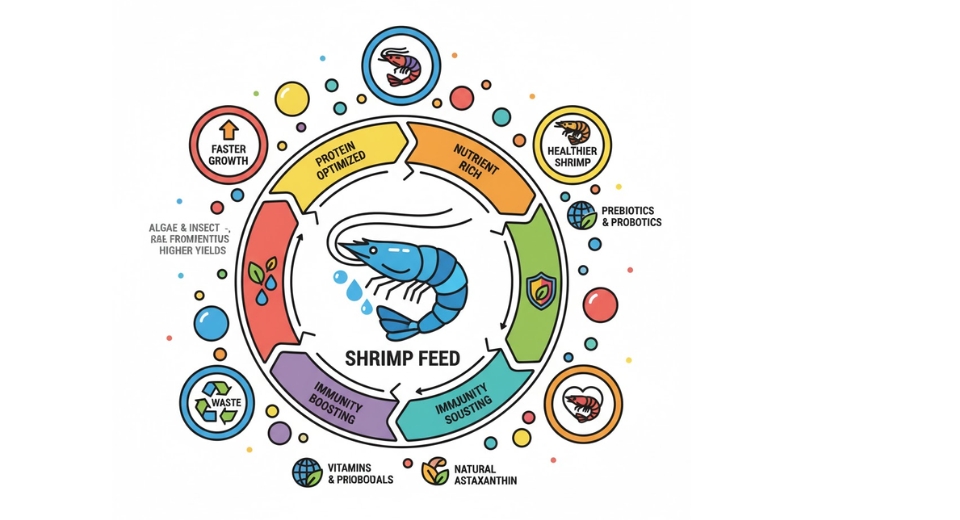
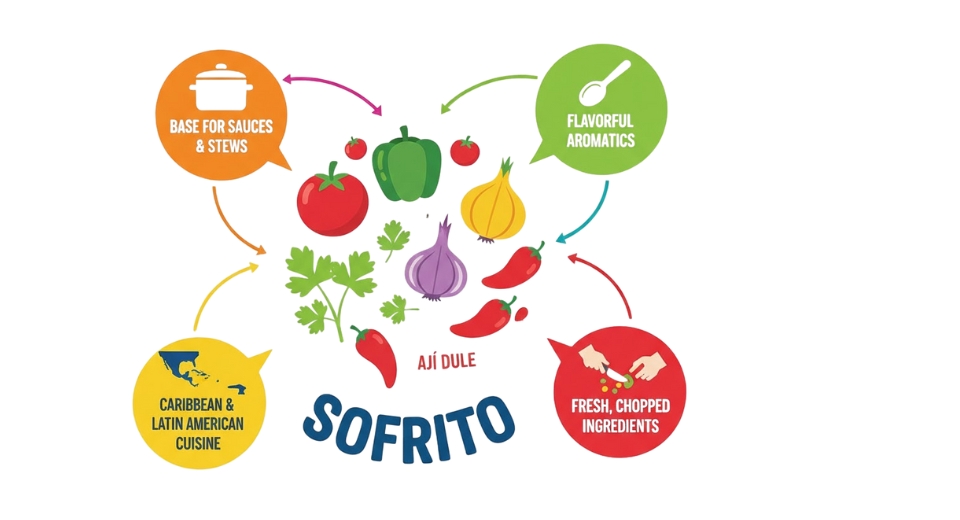
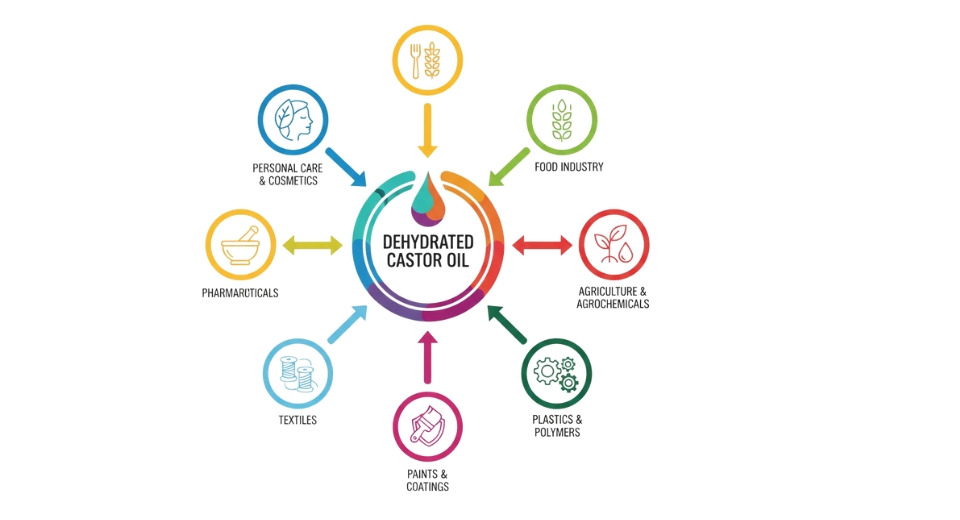

 US: +1 3023308252
US: +1 3023308252






